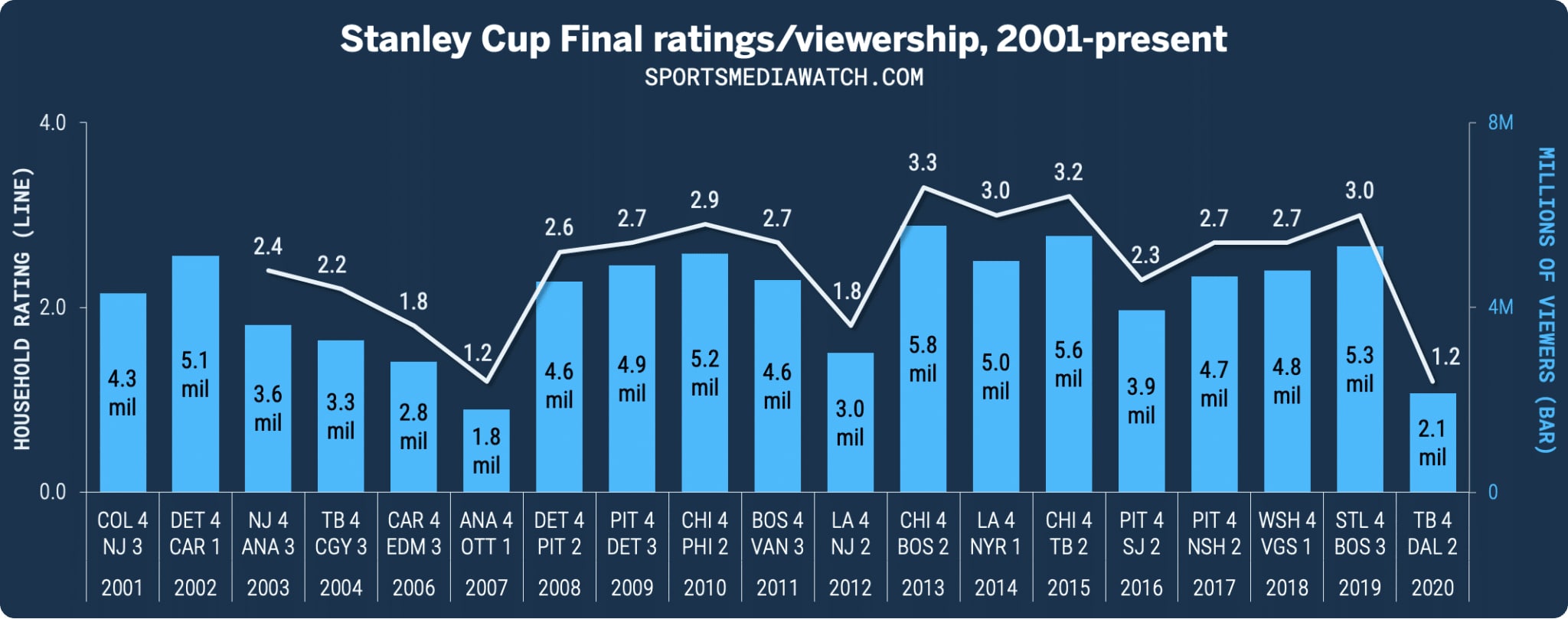Esports are increasingly gaining ground on sports. We show you in which areas the digital industry still needs to improve and where it already has a good say.
Conventional sports disciplines were already generating sensational numbers and records long before the emergence of esports. Among others, the American sports leagues NFL and NBA have become mainstream in this respect. In Europe, the focus is more on football.
Since the boom in 2015, the esports industry can also boast strong figures and continuous growth. Additionally, the tide continues to turn in favour of digital sports due to the decrease in television viewership and increase in the use of streaming providers.
Although the average age of the esports target group is a little younger than that of normal sports, there is still some overlap, especially in the 20-30 age group. This makes the duel between the two fields all the more exciting. But who is currently ahead in which areas?
The reach comparison
In the world of sport, a large number of huge events have been able to establish themselves to date. These include, for example, the Olympic Games, the Football World Cup or the Tour de France, which are held regularly and always thrill hundreds of millions of viewers worldwide.
Esport does not quite come close to these top brands yet. However, it is clear that the increasing use of streaming and online offers can only be an advantage for the future development of the industry. The situation surrounding the Corona virus also tended to play into Esport’s favour.

The chart shows the most-watched Esport events of the last two years, divided into the most important international Esport titles. The League of Legends Worlds 2019 set a top mark of almost four million viewers. Behind them, Fortnite World Cup 2019 and Dota 2 The International 2019 are at the two million mark. Counter-Strike and Valorant also managed to cross the million mark.

Comparing this to viewership numbers of NHL Finals games on NBC Sports since 2001, for example, it’s clear that League of Legends Worlds in particular isn’t that far off from such a history-making top sporting event. In the 2020 direct comparison, the Riot tournament was even ahead for the first time with 3.8 million viewers.
Although esports cannot yet keep up with sports viewership in all areas, it is definitely well equipped for the future and on a very good path.
Turnover and growth
The Corona crisis brought the sports market to a standstill for quite a while. Unprepared clubs and organisations without sufficient revenue sources or reserves really started to stumble. According to a PwC sports study from 2020, 44 percent of the experts surveyed believe that the sports industry will not fully recover until 2023 at the earliest.

From an average annual growth of 8%, the global sports market has plummeted to just 3.3%. Football and basketball are the perennial favourites that keep sports alive with their high revenue potential. These are closely followed by sports like tennis and golf, which perform averagely. However, it is unclear whether and how well the sport can recover in the future.
Esports, on the other hand, are growing about five times as fast, with almost 15% annual growth. In 2021, the market will break through the billion-dollar mark for the first time. The forecast for 2024 predicts an increase to 1.6 billion US dollars. The dominant Esport games are representatives from the genres of sports simulations, fantasy or shooters.
The example of Schalke 04 Esports clearly shows that digital sports can be successfully integrated into the sporting concept and pay off in the long term. The concept of the Blue and Whites failed only because of the strong dependence on football.
In the future, it will be particularly important for the sports market to look more closely at topics such as digitalisation and esports, as these factors offer the strongest growth potential.
Nearly 30 million euros in Dota 2?!
With the unbelievably high salaries that are traded in some sports these days, the prize money very quickly becomes a secondary matter. Especially in football, they are more like the cherry on top of the already huge salary cake.
In disciplines such as Formula 1 or boxing, the world champion usually receives prize money of between 100 and 200 million dollars. This is mainly due to the large number of spectators and the associated broadcasting income. Esports can’t quite keep up with these brands yet either.

For this year’s Dota 2 showdown at the tenth edition of The International, the American developer and tournament organiser Valve has announced a prize pool of around 34 million euros. It is expected that around 15 million euros will go to the winning team. This means almost 3 million euros per player.
These figures show that esports can already compete with other prestigious sporting events. For example, the winner of the women’s and men’s finals at the US Open receives prize money of around 2.5 to 3 million euros.
Although huge prize pools like those at the Fortnite World Cup and The International Tournament are not yet the order of the day in esports, there will certainly be more successors in the future.


